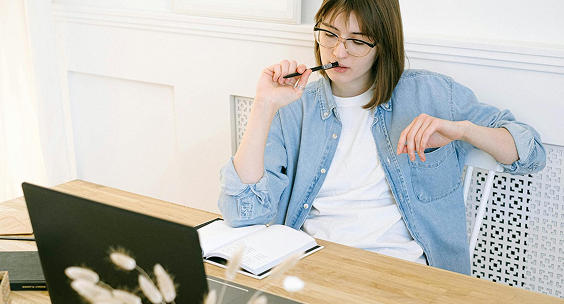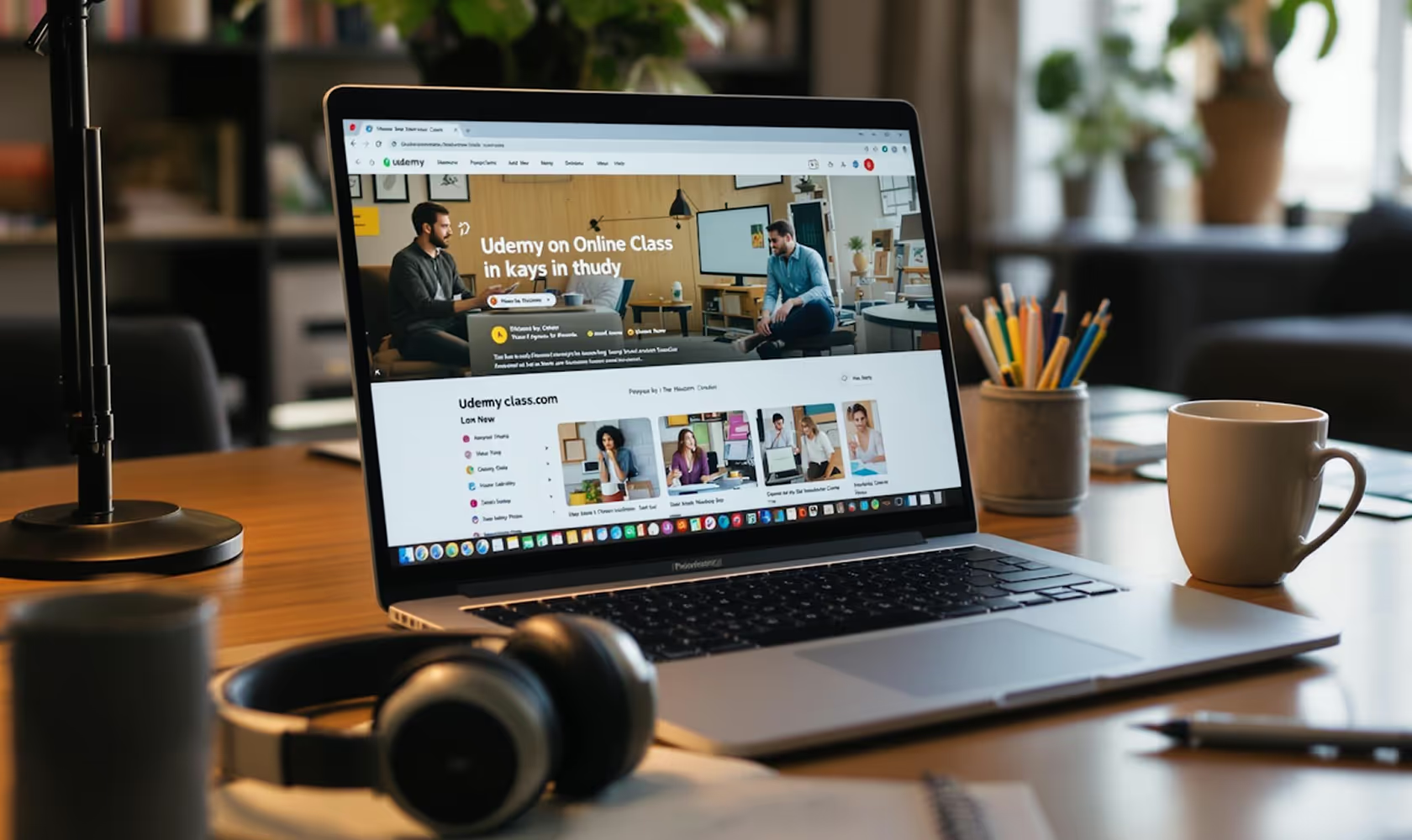Top 5 UX Mistakes to Avoid in 2025
Avoid the most common UX pitfalls and learn how to design user-friendly interfaces that improve engagement and conversions.

Avoid the most common UX pitfalls and learn how to design user-friendly interfaces that improve engagement and conversions.
In 2024, mobile-first design continues to be one of the most important aspects of creating a user-friendly and effective website. With over half of all global web traffic coming from mobile devices, businesses can no longer afford to design websites that prioritize desktop over mobile. A mobile-first approach ensures that your website delivers a seamless, responsive experience across all screen sizes, from smartphones to tablets and desktops.
A mobile-first design starts with creating the smallest, most constrained version of a website, focusing on the most essential content and features. From there, the design is progressively enhanced as the screen size and resolution increase, ensuring that every feature works seamlessly on mobile before adding extra functionality for larger screens.
Example:
For instance, popular e-commerce sites like Amazon and Etsy prioritize mobile design. Their product pages are designed to be easy to navigate on small screens, with large buttons and simplified content for quick loading and smooth navigation.

Dark Mode has gained significant popularity, and it’s not just a trend but a design feature that improves user experience by reducing eye strain, especially in low-light environments. Websites and apps that offer Dark Mode provide users with the option to toggle between light and dark themes, making it easier on the eyes, especially during long browsing sessions.
Implementing Dark Mode involves adjusting the site’s color scheme, where text is typically white or light gray on dark backgrounds, which helps reduce blue light exposure and improves readability. In 2024, offering Dark Mode is expected to become standard for most websites, as it not only enhances the aesthetic appeal but also provides a more accessible experience.
Major platforms like YouTube, Twitter, and Instagram offer Dark Mode as a default or optional feature, allowing users to switch based on their personal preference or time of day.
As web design continues to evolve, staying ahead of trends like Mobile-First Design and Dark Mode can make a significant impact on your site's performance and user experience. By prioritizing mobile usability and offering aesthetic options like Dark Mode, you’re not just improving how your website looks but also making it more accessible and engaging for a wider audience.
Staying on top of these web design trends will help your business remain competitive, and ensure that your users are getting the best experience possible, no matter where they are or what device they’re using.